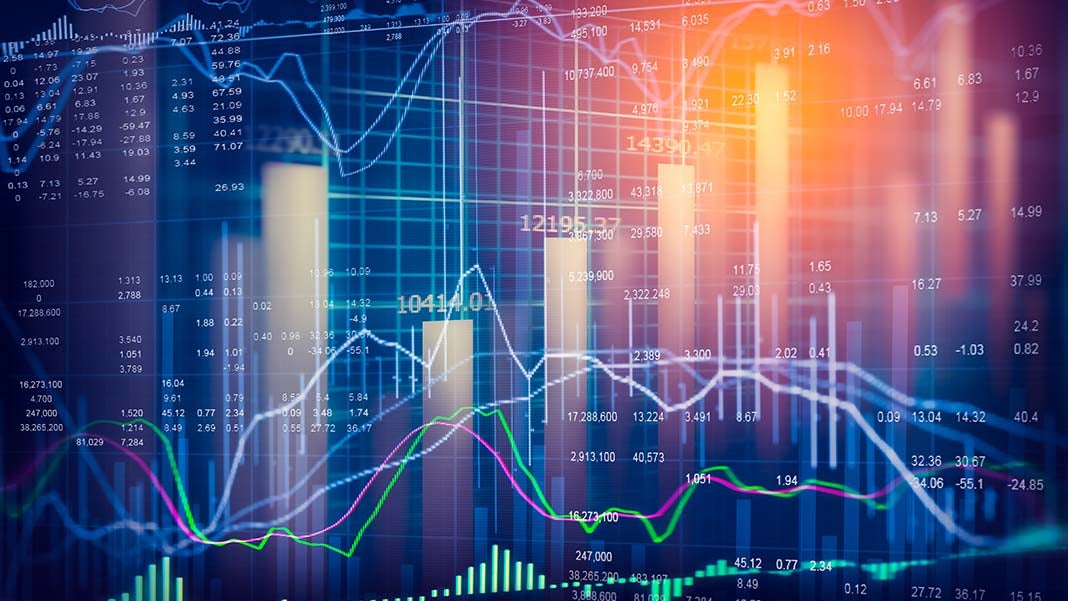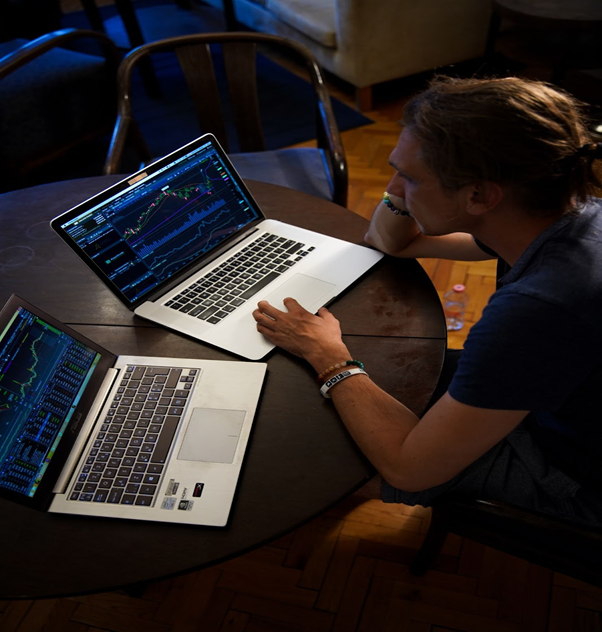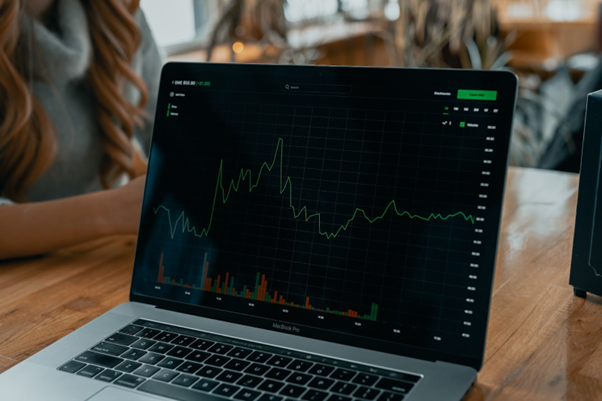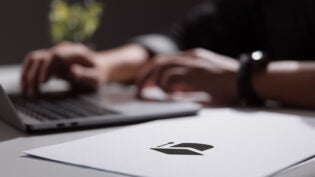
The foreign exchange market (Forex) will likely continue to remain attractive in 2023 despite global economic evolution, drawing traders of all skill levels. Many have gone from dabbling part-time in trading to using it as their primary source of income owing to the Forex market’s 24-7 trading availability.
A question often raised is, “How much capital do I need in my Forex account to become a full-time trader?” We will explore various aspects that may help determine an adequate amount of money for full-time Forex trading.
(https://unsplash.com/photos/-U35nb07DCM)
Understanding the Forex market
Before determining optimal capital needs, one must have an in-depth knowledge of the Forex market. As the world’s biggest financial marketplace, the forex market allows buyers and sellers of various currencies to transact business. Forex traders seek to take advantage of fluctuations in currency exchange rates for profit via either short-term or long-term strategies.
Assess your financial goals and lifestyle needs
Understanding your financial goals and lifestyle requirements is integral to selecting an optimal-size trading account. Given the diverse circumstances of each trader, it is imperative to have a clear picture of your income, costs, and financial goals to establish realistic plans and budgets. Consider all your living costs, savings and retirement plans, and personal financial goals you have set for yourself. Once you know these figures, calculating how much money must come out each month/year to maintain your desired lifestyle while working toward meeting financial goals will become much more straightforward.
Calculating required capital investment
Calculating your required trading capital requires understanding both your financial goals and lifestyle needs, including factors such as:
Risk Tolerance: Your amount required for full-time trading depends mainly upon your risk tolerance. Financial experts generally suggest not risking more than 1-2% of your total account value in any one trade – taking this precaution helps preserve wealth against large drawdowns.
Your anticipated return on investment (commonly referred to as ROI) should also be carefully considered. To create realistic expectations and prevent unnecessary risks, traders in forex markets typically expect annual ROI figures between 10%-40% depending on their expertise, experience level, trading techniques, etc.
Leverage can be seen as both an opportunity and a danger, allowing traders to increase their holdings with lesser sums of cash and increasing the likelihood of experiencing losses. Employing leverage correctly could help meet financial objectives with lower account balances.
(https://unsplash.com/photos/ztYmIQecyH4)
Trading style: Your required capital may also depend on your business style. Due to high transaction volumes and fees associated with them, day traders and scalpers often need a greater account balance than other investors. Swing and position traders tend to trade less frequently while holding positions for extended periods; as a result, these investors may require fewer funds overall.
Your account size should consider your intended income, risk tolerance, projected return on investment, leverage available, and trading style that best suits you.
Understanding the importance of cushions
An ideal trading account must contain enough money to meet all financial goals, plus an extra safety cushion in case unexpected market events arise. Your cushion should provide sufficient cushion to weather drawdowns, pay unexpected costs, and respond quickly should anything unanticipated in the market. Its size should allow for continuous trading activities and fulfilling unforeseen demands without undermining your trading strategy or goals.
Adapting to ever-evolving circumstances
As an active Forex trader, it is vitally important to remember that market conditions may evolve and affect the size and composition of your trading account. Changes may include market circumstances, personal financial objectives, and lifestyle requirements which could require adjustments. Evaluating and making any necessary modifications on an ongoing basis will allow you to stay on track and address any changes which arise as quickly as possible.
Diversify your income streams
Foreign exchange trading can be exciting, but placing all your financial eggs in one basket is risky. When trading full-time, it is prudent to diversify income streams to mitigate risk and boost financial security – consider looking into other investment options or working part-time if trading full-time proves too demanding of your time and attention. When taking on Forex trading full-time, it is beneficial to diversify income sources for increased financial security and peace of mind.
Psychology plays an integral part of trading success
Trading psychology is an often-underestimated component of full-time trading that should not be addressed. Trading can present numerous mental and emotional obstacles that can impede performance and success levels; having an adequately funded trading account is essential, but so too is having the appropriate attitude to navigate its ups and downs successfully. Emotional resilience, discipline, and patience are vital skills that must be developed as part of successful forex trading practices.
(https://unsplash.com/photos/D4LDw5eXhgg)
Investment in education and skill development
Education and skill enhancement are essential to financial success when trading forex full-time. Investing in your education to boost trading performance and stay ahead of the competition is vital, whether through books, courses, or mentorship – be sure to note that your education investment benefits both yourself and future trading successes.
Be mindful that trading is a long game, not an instantaneous pursuit. By cultivating an upstanding trading psyche, diversifying the sources of revenue you bring in, and investing in education, you will establish a solid platform to explore the foreign exchange market (Forex).
2143 Views















